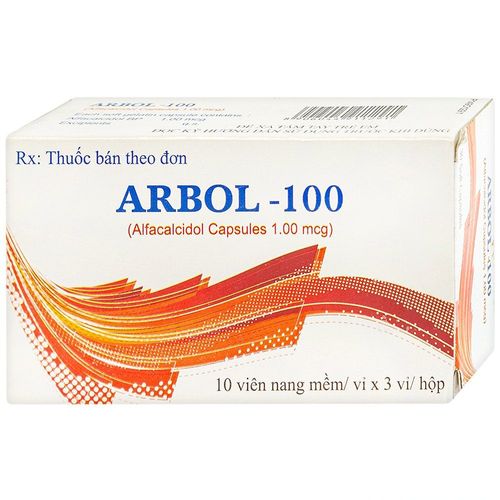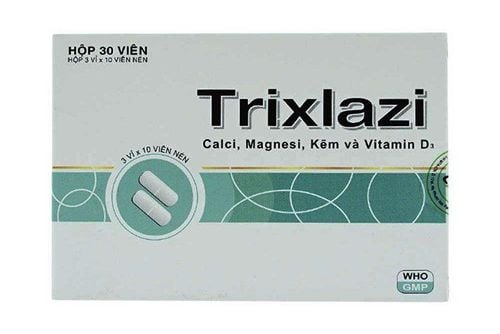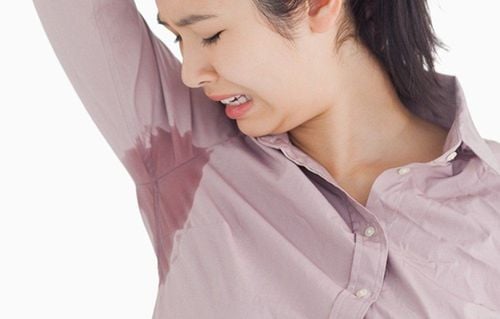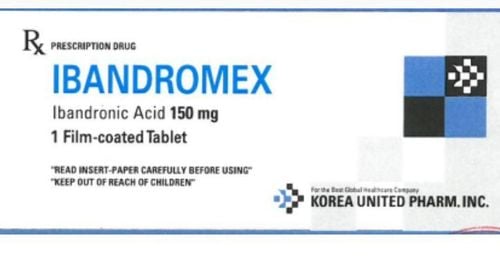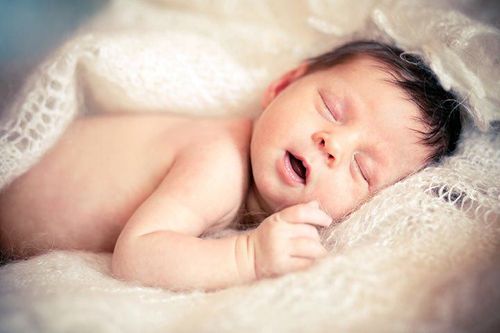This is an automatically translated article.
The article was professionally consulted by Specialist Doctor II Le Thanh Cam - Department of Pediatrics - Neonatology - Vinmec Danang International General Hospital.Night sweats in children is a phenomenon in which a child sweats a lot even though the weather is not hot and the child is not active. Children sweat the most at night. So is the baby being sweaty or not? How to stop sweating in children? The following article gives you a better understanding.
1. What is thief sweat?
Night sweats are episodes of night sweats that are so heavy that they wet clothes and bedding, often prompting us to think of an underlying medical condition in the body.Night sweats keep us awake because of excessive sweating. If you cover too many blankets when sleeping, or the bedroom is too hot, this also leads to this condition.
Thieves sweat consists of components such as water, salt and residues. Of which, water accounts for more than 90%. Therefore, if this condition is often encountered, the child's body will lose a large amount of water and salt, leading to fatigue, and gradually exhaustion.
Night sweats are very common, appearing in men and women, in adults and children.
Trắc nghiệm: Nhận biết sớm dấu hiệu chậm phát triển thể chất và trí tuệ ở trẻ
Nếu 6 tuổi không biết đếm số, 7 tuổi vẫn chưa phân biệt được giữa thực tế và tưởng tượng thì có thể bé chậm phát triển thể chất và trí tuệ hơn so với bạn bè cùng lứa. Bạn đã nhận biết được các dấu hiệu bất thường sớm này chưa? Cùng làm nhanh bài trắc nghiệm sau để trang bị thêm kiến thức cho mình nhé!
The following content is prepared under supervision of Thạc sĩ, Bác sĩ y khoa, Ma Văn Thấm , Nhi , Phòng khám Đa khoa Quốc tế Vinmec Dương Đông(Phú Quốc)
2. Classification of thief sweat
There are two types of thief sweat: Physiological Thieves and Pathological Thieves.Physiological theft: In children, the metabolism is stronger than in adults, and the phenomenon of more sweat is the way for the baby's body to radiate heat. In this case, stolen sweat does not have a negative impact on the health of the child. Pathological night sweats: This condition often appears in children with certain diseases such as rickets,.... The telltale sign is that the child sweats a lot, but it is not due to weather, environmental, or special factors. Especially when breastfeeding or after sleeping, your baby sweats a lot. Besides the phenomenon of sweating, children also have other symptoms such as poor appetite, large bones, protruding chest, ... The most common places where sweating in children occurs most are the back and forehead. , armpits, or hands, feet,...
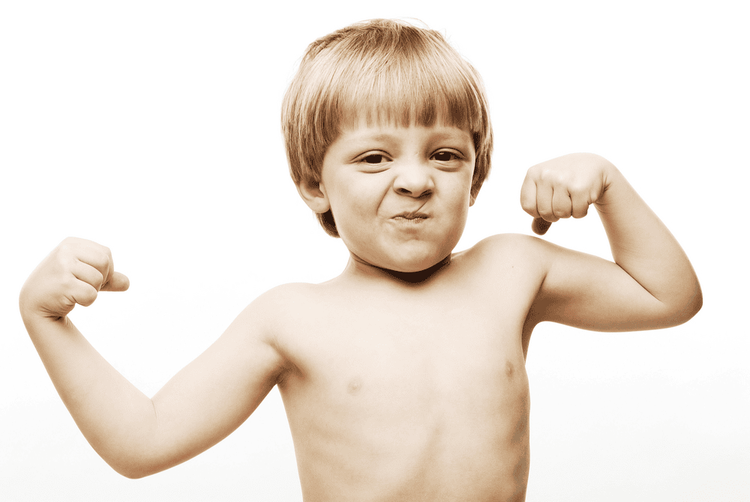
3. Causes of night sweats
If children are often sweaty, it will affect their health a lot. Therefore, parents must pay special attention to and monitor their children, and need to take them to a doctor soon to find out the cause and how to fix it effectively. Some causes are as follows:Vitamin D deficiency: In young children, especially infants, when their bones are being developed strongly, vitamin D deficiency will also lead to excessive sweating. In particular, some babies born prematurely, with low birth weight, rickets, digestive disorders or infections, also lead to vitamin D deficiency and night sweats. Hyperhidrosis: You've probably heard of hyperhidrosis in adults, which manifests as wet hands and feet due to frequent sweating. This syndrome can also occur in young children. That is, when in a cool and airy room, the child still sweats a lot. Congenital heart disease: Parents should note, if the phenomenon of night sweats in children not only occurs during sleep but also occurs during other activities, the cause may come from cardiovascular diseases. . Sleep apnea: Premature babies may experience sleep apnea. This phenomenon can last for about 20 seconds, when the baby's skin turns pale with wheezing sounds and the baby's body produces a lot of sweat. Sudden Infant Death Syndrome (SIDS): In case a baby sleeps in a room that is too hot and stuffy, it can lead to SIDS. The bedroom is too secret, causing the baby to fall asleep, sweat a lot and may stop breathing.
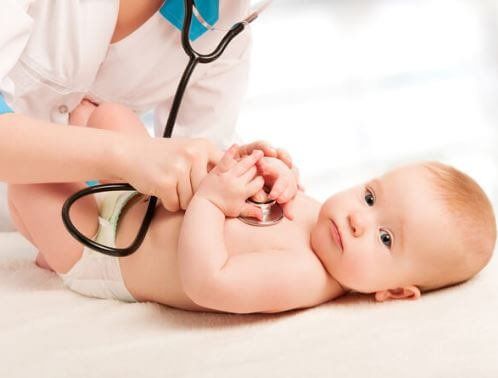
4. Symptoms of night sweats
Children with night sweats most often appear on the back, forehead, armpits, groin, hands - feet, because that is where many sweat glands are located under the skin. Common signs in children are crying a lot at night, restless sleep, or waking up in the middle of the night startled. According to pediatricians, children often sweat during deep sleep and are more likely to sweat during sleep than adults because the temperature regulation system is immature. Besides, babies have a rather high ratio of sweat glands to body size.5. Remedies for night sweats in children
How when children stop stealing sweat that parents need to know? To overcome this situation, parents can apply the following methods:Vitamin D supplementation: There are many ways to supplement vitamin D. Parents can give their baby a morning sunbathing in the 6 to 6 hour time frame. 9 o'clock (summer) and 9 to 10 o'clock (winter). Note, only expose the baby's skin to light, do not expose the child's eyes to direct sunlight. To keep the child's body cool and comfortable: Create a large, airy space and the bedroom is not secretive and stuffy. Help children clean and replenish the necessary amount of water for the body. Pay special attention to nutrition: Diet is an important factor. Parents should give their children cool vegetables and fruits such as squash, oranges, centella asiatica, kohlrabi, etc. Children should not be given hot, greasy foods to avoid sweating a lot. , causing children to itch and break out in pimples.
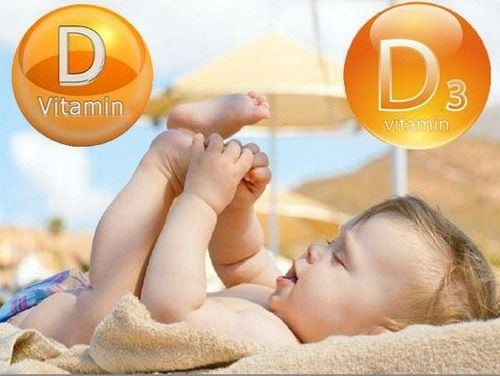
Please visit the website vimec.com regularly and update useful information to take care of your baby and family.






